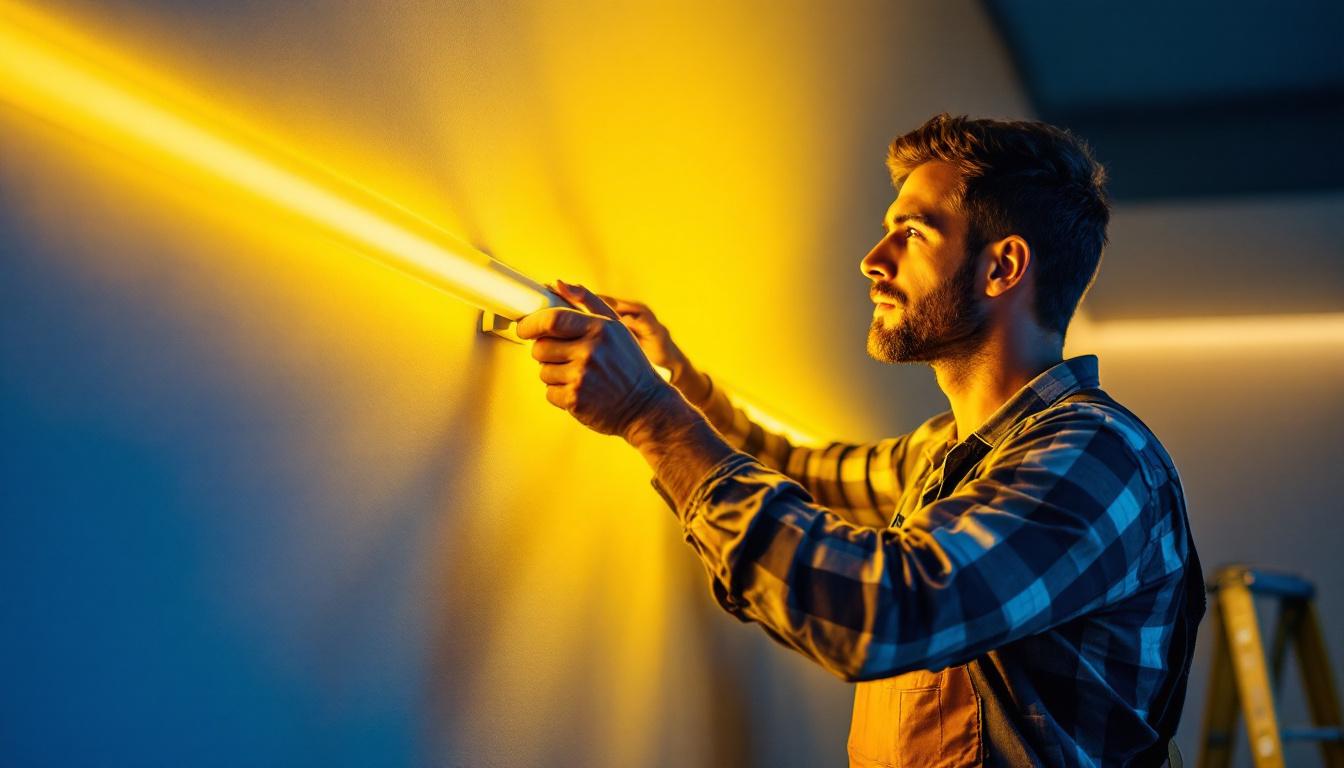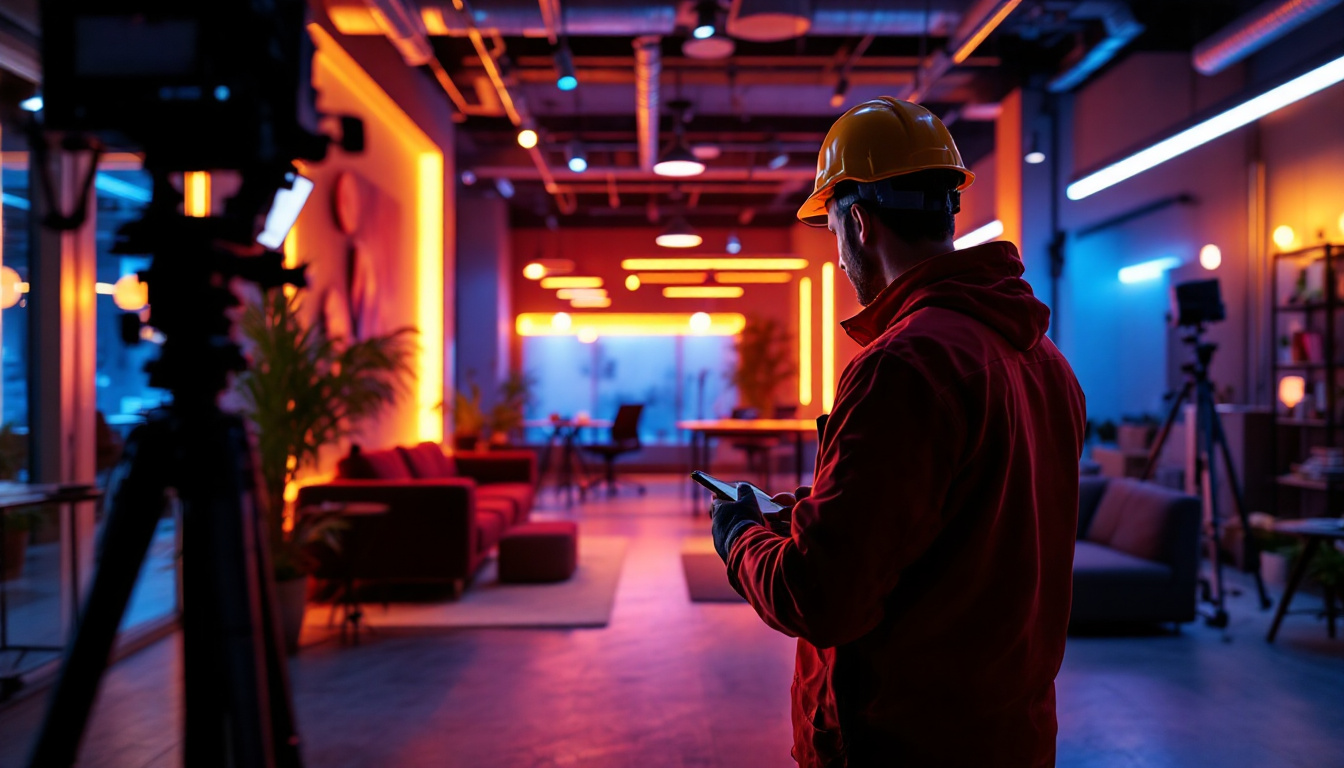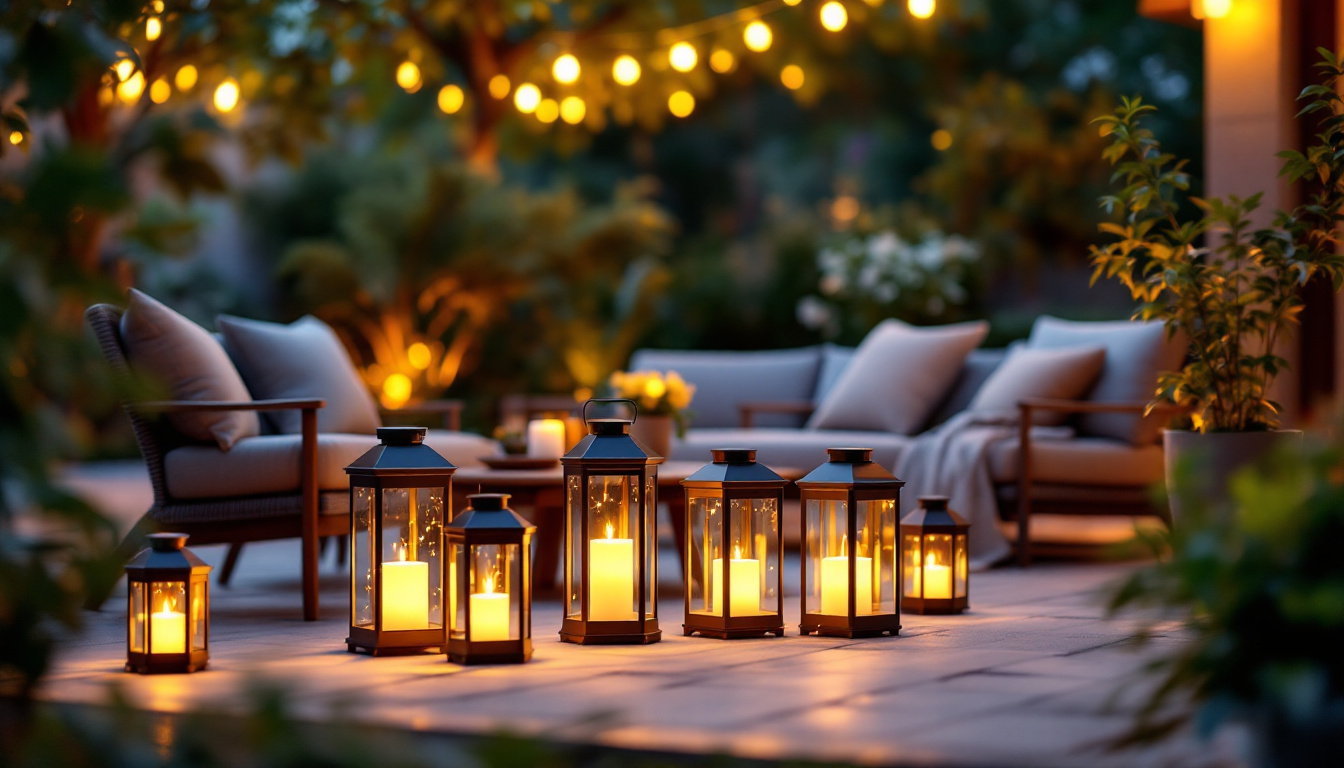
In the ever-evolving world of lighting design, LED surface-mounted lights have emerged as a popular choice among contractors and clients alike. These fixtures not only provide efficient illumination but also enhance the aesthetic appeal of various spaces. For lighting contractors, mastering the intricacies of LED surface-mounted lights is essential for delivering exceptional results and satisfying client needs. This article delves into valuable tips and insights to help lighting contractors excel in their projects involving LED surface-mounted lights.
Before diving into the practical tips for installation and design, it is crucial to understand what LED surface-mounted lights are and their advantages. These fixtures are designed to be mounted directly onto the surface of ceilings or walls, making them an ideal choice for spaces with limited ceiling height or where recessed lighting is not feasible. Their sleek profiles and modern designs provide a contemporary look that can enhance the overall aesthetic of any room, making them not just functional but also a stylish addition to the décor.
LED surface-mounted lights offer several benefits that make them a preferred option for both residential and commercial applications. Firstly, they are energy-efficient, consuming significantly less power compared to traditional incandescent or fluorescent lights. This energy efficiency translates into cost savings for clients, making it an attractive selling point for contractors. Additionally, the reduced heat output of LEDs means that they can contribute to lower cooling costs in warmer climates, enhancing their appeal further.
Additionally, LED lights have a longer lifespan, often lasting up to 25,000 hours or more. This durability reduces the need for frequent replacements, which can be a significant advantage in commercial settings where downtime can be costly. Moreover, the versatility in design allows for various styles and finishes, enabling contractors to match the fixtures to the overall aesthetic of a space. Some models even come with adjustable color temperatures, allowing users to switch between warm and cool light, which can dramatically change the mood of a room depending on the time of day or activity taking place.
LED surface-mounted lights are versatile and can be used in various applications. In residential settings, they are commonly used in kitchens, living rooms, and hallways, providing ample illumination while maintaining a sleek appearance. In commercial spaces, these lights are ideal for offices, retail stores, and restaurants, where both functionality and design are paramount. Their ability to provide bright, even lighting makes them particularly effective in workspaces, enhancing productivity and reducing eye strain for employees.
Furthermore, they can also be utilized in outdoor settings, such as patios and walkways, enhancing safety while adding to the ambiance of outdoor areas. With options for weather-resistant designs, these fixtures can withstand the elements, making them suitable for various climates. Understanding the diverse applications of LED surface-mounted lights helps contractors to recommend the best solutions to their clients. Additionally, the integration of smart technology in some LED surface-mounted lights allows for remote control and automation, providing users with the ability to adjust lighting levels and schedules from their smartphones, further enhancing convenience and energy management.
Proper installation is critical to ensuring that LED surface-mounted lights perform optimally. Here are some essential tips for contractors to consider during the installation process.
Before installation, it is vital to assess the space where the lights will be mounted. Consider factors such as ceiling height, room dimensions, and the existing lighting conditions. This assessment will help determine the number of fixtures needed and their placement for maximum effectiveness.
For instance, in larger rooms, more fixtures may be required to achieve even lighting, while in smaller spaces, fewer fixtures may suffice. Additionally, understanding the purpose of the room can guide the selection of light intensity and color temperature.
When installing LED surface-mounted lights, ensuring proper mounting is crucial for both safety and performance. Use appropriate mounting hardware and follow the manufacturer’s guidelines for installation. It is essential to secure the fixtures firmly to prevent any risk of falling or misalignment.
Additionally, consider the wiring and electrical connections. Ensure that all connections are secure and compliant with local electrical codes. This attention to detail will not only enhance the safety of the installation but also contribute to the longevity of the fixtures.
Many clients appreciate the ability to adjust the brightness of their lighting. Incorporating dimming options into the installation of LED surface-mounted lights can significantly enhance the user experience. When selecting dimmers, ensure they are compatible with LED technology to avoid flickering or reduced lifespan.
Educating clients about the benefits of dimmable fixtures, such as energy savings and the ability to create different moods, can also help in upselling these features during consultations.
Beyond installation, design plays a crucial role in the effectiveness of LED surface-mounted lights. Here are some design considerations that lighting contractors should keep in mind.
The color temperature of LED lights can significantly impact the ambiance of a space. Ranging from warm white (around 2700K) to cool white (above 5000K), the choice of color temperature should align with the intended use of the room. For example, warmer tones are often preferred in residential settings for a cozy feel, while cooler tones may be more suitable for offices to enhance concentration.
Contractors should guide clients in selecting the appropriate color temperature to achieve the desired atmosphere. Providing samples or visual aids can help clients visualize the impact of different temperatures on their space.
The style and finish of LED surface-mounted lights should complement the overall design of the space. With a variety of options available, from sleek modern designs to more traditional styles, contractors can recommend fixtures that fit seamlessly into the existing décor.
Moreover, the finish of the fixtures, whether matte, glossy, or textured, can influence how light is reflected and perceived in a room. Contractors should consider the surrounding materials and colors when making recommendations to ensure a cohesive look.
Proper placement and spacing of LED surface-mounted lights are essential for achieving balanced illumination. A common guideline is to space fixtures approximately 4 to 6 feet apart, depending on the height of the ceiling and the intensity of the light. However, this can vary based on the specific application and design goals.
Creating a lighting plan that outlines the placement of fixtures can help in visualizing the final look and ensuring that all areas are adequately illuminated. This plan can also serve as a valuable reference for installation, minimizing the risk of misalignment.
Even with high-quality LED surface-mounted lights, maintenance is necessary to ensure long-lasting performance. Here are some maintenance tips and troubleshooting advice for contractors.
Dust and debris can accumulate on light fixtures over time, diminishing their brightness and overall effectiveness. Regular cleaning of LED surface-mounted lights is essential to maintain optimal performance. Use a soft, dry cloth to gently wipe down the fixtures, avoiding any harsh chemicals that could damage the finish.
Contractors should educate clients about the importance of regular maintenance and provide guidelines on how to clean their fixtures properly. This proactive approach can enhance client satisfaction and prolong the lifespan of the lighting installations.
In the event of flickering lights or reduced brightness, it is crucial to identify the underlying issues promptly. Common problems may include loose connections, incompatible dimmers, or faulty LED drivers. Contractors should be equipped to troubleshoot these issues effectively.
Encouraging clients to report any irregularities can help in addressing problems before they escalate. Providing a warranty or service plan can also instill confidence in clients regarding the durability and reliability of the installed fixtures.
The lighting industry is continually evolving, with new trends and technologies emerging regularly. For lighting contractors, staying updated is essential to remain competitive and provide clients with the best solutions.
Smart lighting technology has gained popularity in recent years, offering clients enhanced control over their lighting systems. Incorporating smart LED surface-mounted lights into installations can provide clients with features such as remote control, scheduling, and integration with home automation systems.
Contractors should familiarize themselves with various smart lighting options and their compatibility with existing systems. This knowledge can help in offering clients innovative solutions that enhance convenience and energy efficiency.
Design trends in lighting are constantly changing, influenced by factors such as interior design styles and advancements in technology. Keeping an eye on these trends can help contractors make informed recommendations to clients. For instance, the rise of minimalist design has led to an increased demand for sleek, unobtrusive lighting solutions.
Attending trade shows, workshops, and industry conferences can provide valuable insights into current trends and emerging technologies. Networking with other professionals in the field can also foster collaboration and inspire new ideas.
LED surface-mounted lights offer a versatile and efficient lighting solution for various applications, making them a valuable addition to any lighting contractor’s toolkit. By understanding the benefits, installation techniques, design considerations, and maintenance practices associated with these fixtures, contractors can enhance their expertise and deliver exceptional results to their clients.
Staying informed about industry trends and technological advancements will further empower contractors to provide innovative solutions that meet the evolving needs of their clients. Ultimately, mastering the art of LED surface-mounted lights will not only elevate the quality of installations but also contribute to the long-term success of lighting contractors in a competitive market.
Ready to take your lighting projects to the next level with LED surface-mounted lights? Look no further than LumenWholesale for the highest quality, spec-grade lighting products at unbeatable wholesale prices. Say goodbye to local distributor markups and hello to superior lighting solutions that meet the strictest industry standards. With LumenWholesale, bulk buying is a breeze, and with free shipping, you’re guaranteed the best value without any hidden costs. Elevate your installations with the perfect combination of quality, affordability, and convenience. Wholesale Lighting at the Best Value is just a click away.

Discover the essential strategies and techniques for lighting contractors to effectively utilize LED high bays.

Discover proven methods for LED tube strip lights that enhance lighting efficiency, reduce costs by up to 30%, and boost contractor expertise—download our expert guide now!.

Discover the pitfalls to avoid in LED lighting design with insights into common mistakes made by contractors.

Discover the ultimate guide to outdoor solar lanterns for patios, featuring expert insights from top lighting contractors.